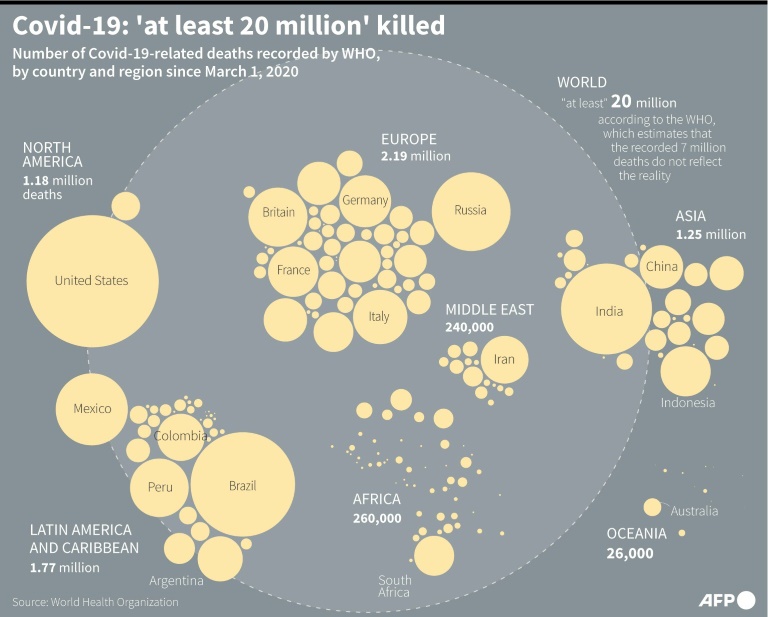[LONDON] The Bank of England cut its main interest rate by 0.25 percentage points to 4.25 per cent on Thursday, despite an unexpected three-way split among policymakers as US President Donald Trump’s tariffs weigh on global economic growth.
The BOE’s Monetary Policy Committee voted 5-4 in favour of the decision to cut rates by a quarter point. Two members, Swati Dhingra and Alan Taylor, voted for a bigger half-point cut while chief economist Huw Pill and external member Catherine Mann wanted to keep interest rates on hold.
The decision by the British central bank is its first since Trump announced wide-ranging tariffs on Apr 2, which triggered temporary market turmoil and prompted the International Monetary Fund to cut its growth forecasts for most major economies including Britain.
The BOE said it thought the increase in tariffs by the US and other countries would weigh somewhat on British economic growth and push down on inflation in Britain but it stressed how unclear the outlook remained.
“The past few weeks have shown how unpredictable the global economy can be. That’s why we need to stick to a gradual and careful approach to further rate cuts,” BOE governor Andrew Bailey said.
Since the middle of last year, the BOE has now cut interest rates by the same amount as the US Federal Reserve but less than the European Central Bank, due to concerns about high wage growth as well as the risk of persistently above-target inflation.
BT in your inbox
Start and end each day with the latest news stories and analyses delivered straight to your inbox.
The BOE said that it had no pre-set path for interest rates and kept unchanged its key “gradual and careful” language there about the outlook for rates. Elsewhere in its policy meeting minutes it said the impact of global trade tensions “should not be overstated”. Some investors have been pricing a speeding up in rate cuts later this year.
A rate cut would have been less certain this month without the drag from tariffs, however. For three of the policymakers voting for a quarter-point cut, the decision to cut rates would have been “finely balanced” if the tariffs had not come into effect, minutes of the decision showed.
Based on the situation as of Apr 29, the BOE estimates the US tariffs will reduce the size of Britain’s economy by 0.3 per cent in three years’ time and would help return inflation to target sooner.
Later on Thursday, the US and Britain are expected to announce a deal to lower some of Trump’s tariffs on British exports. However the BOE said around two thirds of the damage it forecast to British growth was due to the broader effects of tariffs on the world economy rather than direct tariffs on British goods.
On Wednesday Fed chair Jerome Powell highlighted ongoing uncertainty about the ultimate impact of US trade policy on the economy as the US central bank held off from a further rate cut.
Before Thursday’s announcement by the BOE, financial markets expected UK interest rates to fall to close to 3.5 per cent by the end of the year, compared with expectations of 3.75 per cent or 4 per cent in early February before the scale of Trump’s tariff plans became evident.
In a quarterly forecast update on Thursday, the BOE trimmed its expectation for inflation this year, seeing it peaking at around 3.5 per cent, lower than a previous forecast of around 3.75 per cent. However, this is up from the latest official reading of 2.6 per cent in March as higher regulated household energy and water bills kick in from Apr.
The BOE sees inflation back at its 2 per cent target in the first quarter of 2027 – nine months earlier than it forecast in February – and expects inflation in two years’ time, a key horizon for the MPC, to fall to 1.9 per cent, lower than the 2.3 per cent it forecast before.
The central bank expects the economy to grow this year by 1 per cent, a bit stronger than a forecast of 0.75 per cent made in February, thanks to a strong end to 2024 and robust official data at the start of 2025. However, the central bank said that first-quarter growth bounce looked erratic.
It cut its 2026 growth forecast to 1.25 per cent from 1.5 per cent and in the near term said the economy’s underlying quarterly growth rate was just 0.1 per cent.
Pay growth is seen slowing sharply from close to 6 per cent now to 3.75 per cent by the end of the year, while unemployment is forecast to edge up to 5 per cent of the workforce next year from about 4.8 per cent now.
The central bank also set out new alternate economic scenarios, moving away from a previous set which focused on the persistence of domestic inflation and a tight labour market.
The new set look at one case, where elevated uncertainty about trade policy and other economic policies weighs on consumption and investment, pushing down on growth and inflation.
The other looked at further weak productivity and a potential wage-price spiral which would add an extra 0.4 percentage points to the inflation rate. REUTERS







